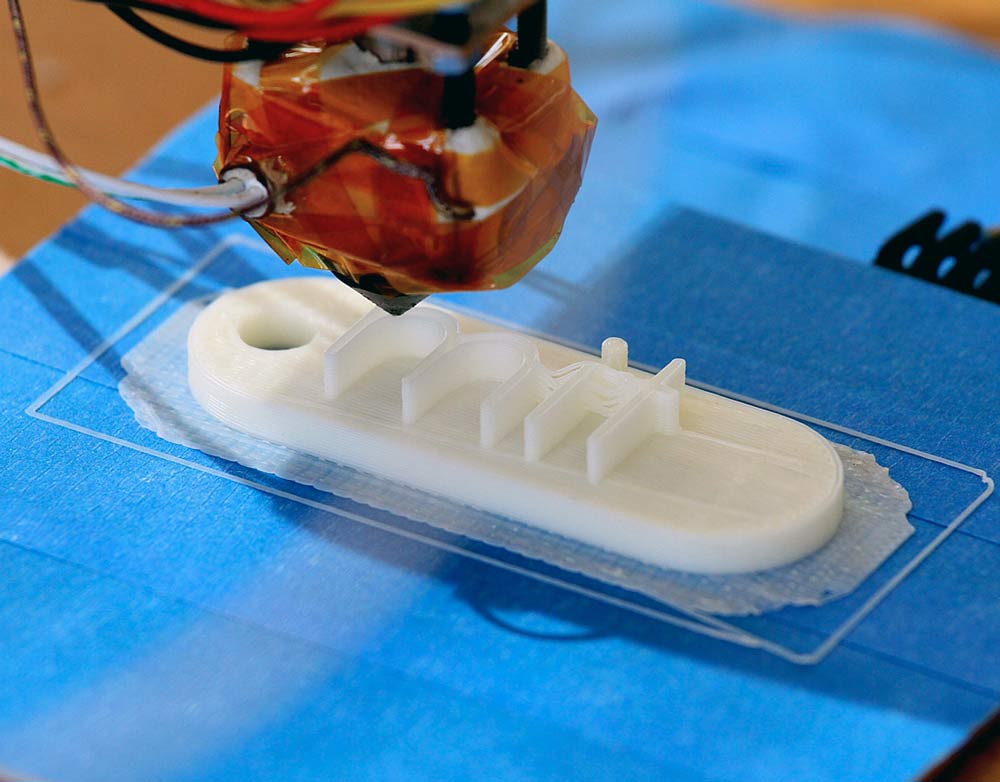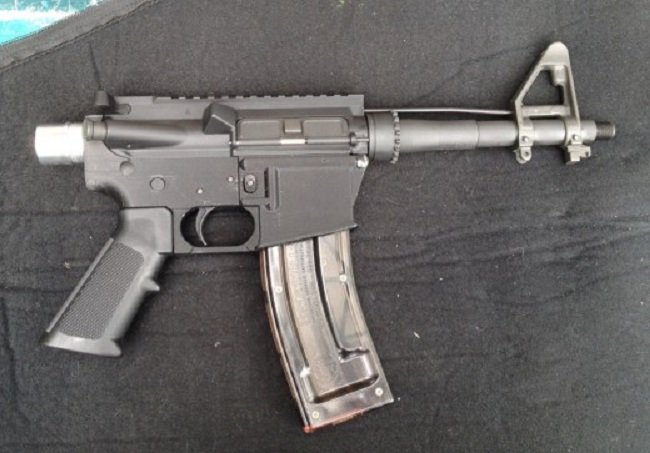3D Printing: What a 3D Printer Is and How It Works
A 3D printer cannot make any object on demand like the "Star Trek" replicators of science fiction. But a growing array of 3D printing machines has already begun to revolutionize the business of making things in the real world.
3D printers work by following a computer's digital instructions to "print" an object using materials such as plastic, ceramics and metal. The printing process involves building up an object one layer at a time until it's complete. For instance, some 3D printers squirt out a stream of heated, semi-liquid plastic that solidifies as the printer's head moves around to create the outline of each layer within the object.
The instructions used by 3D printers often take the form of computer-aided design (CAD) files — digital blueprints for making different objects. That means a person can design an object on their computer using 3D modeling software, hook the computer up to a 3D printer, and the watch the 3D printer build the object right before his or her eyes.
History of 3D printing
Manufacturers have quietly used 3D printing technology — also known as additive manufacturing — to build models and prototypes of products over the past 20 years. Charles Hull invented the first commercial 3D printer and offered it for sale through his company 3D Systems in 1986. Hull's machine used stereolithography, a technique that relies upon a laser to solidify an ultraviolet-sensitive polymer material wherever the ultraviolet laser touches.
The technology remained relatively unknown to the greater public until the second decade of the 21st century. A combination of U.S. government funding and commercial startups has created a new wave of unprecedented popularity around the idea of 3D printing since that time.
First, President Barack Obama's administration awarded $30 million to create the National Additive Manufacturing Innovation Institute (NAMII) in 2012 as a way of helping to revitalize U.S. manufacturing. NAMII acts as an umbrella organization for a network of universities and companies that aims to refine 3D printing technology for rapid deployment in the manufacturing sector.
Second, a new wave of startups has made the idea of 3D printing popular within the so-called "Maker" movement that emphasizes do-it-yourself projects. Many of those companies offer 3D printing services or sell relatively cheap 3D printers that can cost just hundreds rather than thousands of dollars.
Get the world’s most fascinating discoveries delivered straight to your inbox.
Future of 3D printing
3D printing probably won't replace many of the usual assembly-line methods for building standard products. Instead, the technology offers the advantage of making individual, specifically tailored parts on demand — something more suited to creating specialized parts for U.S. military aircraft rather than making thousands of trash cans for sale at Wal-Mart. Boeing has already used 3D printing to make more than 22,000 parts used on civilian and military aircraft flying today.
The medical industry has also taken advantage of 3D printing's ability to make unique objects that might otherwise be tough to build using traditional methods. U.S. surgeons implanted a 3D-printed skull piece to replace 75 percent of a patient's skull during an operation in March 2013. Researchers also built a 3D-printed ear mold that served as the framework for a bioengineered ear with living cells.
The spread of 3D printing technology around the world could also shrink geographical distances for both homeowners and businesses. Online marketplaces already allow individuals to upload 3D-printable designs for objects and sell them anywhere in the world. Rather than pay hefty shipping fees and import taxes, sellers can simply arrange for a sold product to be printed at whatever 3D printing facility is closest to the buyer.
Such 3D printing services may not be limited to specialty shops or companies in the near future. Staples stores plan to offer 3D printing services in the Netherlands and Belgium starting in 2013.
Businesses won't be alone in benefiting from 3D printing's print-on-demand-anywhere capability. The U.S. military has deployed 3D printing labs to Afghanistan as a way to speed up the pace of battlefield innovation and rapidly build whatever soldiers might need onsite. NASA has looked into 3D printing for making replacement parts aboard the International Space Station and building spacecraft in orbit.
Most 3D printers don't go beyond the size of household appliances such as refrigerators, but 3D printing could even scale up in size to build objects as big as a house. A separate NASA project has investigated the possibility of building lunar bases for future astronauts by using moon "dirt" known as regolith.
Limitations of 3D printing
But 3D printing still has its limits. Most 3D printers can only print objects using a specific type of material — a serious limitation that prevents 3D printers from creating complex objects such as an Apple iPhone. Yet researchers and commercial companies have begun developing workarounds. Optomec, a company based in Albuquerque, New Mexico, has already made a 3D printer capable of printing electronic circuitry onto objects.
The 3D printing boom could eventually prove disruptive in both a positive and negative sense. For instance, the ability to easily share digital blueprints online and print out the objects at home has proven a huge boon for do-it-yourself makers.
But security experts worry about 3D printing's ability to magnify the effects of digital piracy and the sharing of knowledge that could prove dangerous in the wrong hands. Defense Distributed, a Texas group, has already begun pushing societal boundaries by working on the world's first fully 3D-printable gun.
For the latest information on 3D printing, visit:
Related articles:







